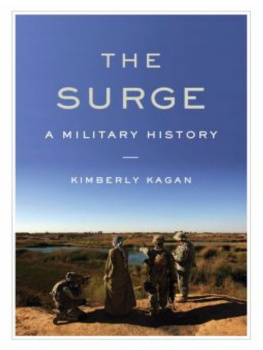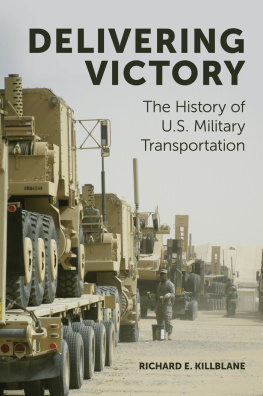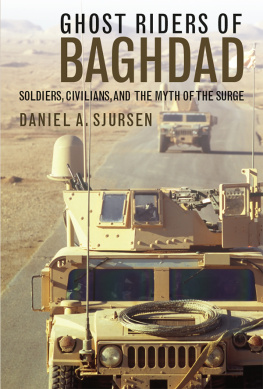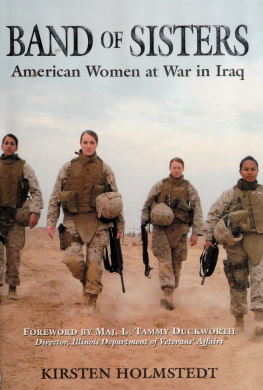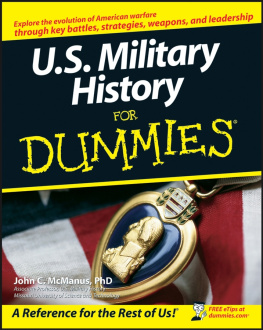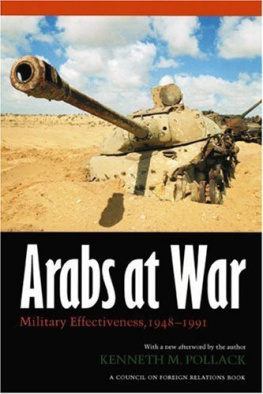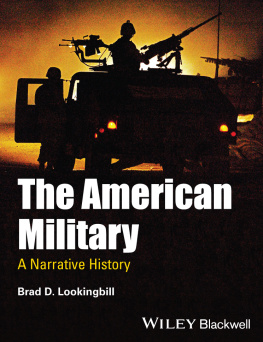Acknowledgments
I wholeheartedly thank those who have supported my analysis, research, and writing about Iraq. In late January 2007, Joel Armstrong and Dan Dwyer encouraged me to write about the news-worthy events. They and others had helped educate me about counterinsurgency operations, enemy groups, and military planning. I began writing in February. My good friends H. R. McMaster and Joel Rayburn read my first essays and encouraged me to keep writing them.
So, too, did Bill Kristol. Accordingly, I published some of these early essays as Iraq Reports, a joint venture between my nascent Institute for the Study of War and the Weekly Standard. The staff of the Standard supported the effort, and I could list the entire masthead here. Richard Starr and Michael Goldfarb at the Standard patiently read and edited each Iraq Report and posted it online. Catherine Lowe graciously publicized the effort. Philip Chalk drew maps, chose photos, and designed the issueslate at night, and on deadline. Others here in Washington, D.C., expressed their interest and offered their support. I extend special thanks to Jack Keane, Cliff May, and Dany Pletka. Beyond the beltway, Dennis Showalter has been an exemplary mentor, as has Steve Rosen, at Harvards Olin Institute for Strategic Studies.
I could not have comprehended the ongoing operations or written about them without the talented staff at the Institute for the Study of War. Marisa Cochrane, ISWs Research Coordinator, brilliantly kept a fingertip feel of Baghdad throughout 2007 from publicly available sources. She tirelessly researched Special Groups, Corps offensives, and at times, some of the provinces. She also coordinated ISWs staff and interns, ensuring that we published timely, top-quality analysis while never losing sight of ongoing military or political developments. She edited our work. Readers can find the fruits of ISWs research, including many color maps depicting the campaigns described in this book, as well as analysis of ongoing events, at ISWs website, www.understandingwar.org.
Eric Hamilton and Farook Ahmed, the other members of ISWs research staff, have enriched my ability both to synthesize and analyze events throughout the theater and put them in historical perspective. So, too, have Patrick Gaughen, William Waddell, Nathaniel Rabkin, Wesley Morgan, Ed Stein, Leah Gould, Jonathan Bronitsky, Adrian Myers, Cassiah Rasmussen, and Eric Sayers. I extend my thanks also to James Danly, Bonnie Fautua, and Adriel Domenech, who have helped manage programs at ISW this year. Last, but certainly not least, Andrea So helped ISW from her first days as a Masters Student at Georgetowns Security Studies Program. Andrea invigorated our research with her scholarly insight and her sharp wit.
Thanks also go to many in Iraq. General David Petraeus invited me to visit Iraq in May 2007 and circulate through the battlefield, and he and his staff have welcomed me several times since. Multi-National Force-Iraq supported my research unfailingly through these visits to Iraq and through their public affairs efforts, honoring ISWs frequent requests for interviews and information. Likewise, I thank Lieutenant General Odiernos III Corps/MNC-I staff, who also facilitated my travel and research. H. R. McMaster and Joel Rayburn were magnificent guides and educators during my first battlefield circulation. J. R. Martin and Ylber Bajraktari guided me through a strikingly changed theater in July 2007. Joel Rayburn took me through Iraq again in February 2008, and we stood peacefully with U.S. forces and Iraqi civilians in neighborhoods that were impassable in May 2007.
The talented commanders whom I met during my circulations surprised me not only with their skills, but also with their warm reception. Division and brigade commanders and their staffs briefed me for hours. They and their soldiers drove me through their battlespace. They and their battalion commanders walked me through main streets, side streets, markets, and villages throughout Iraq. Many participated in follow up interviews and answered ISWs persistent queries. It has been a pleasure to host some of them at the Institute for the Study of War in Washington, D.C.
My father and brother, Kal and Eric Kessler, have been great supporters and avid readers of my essays, if a little perplexed by my determination to carry a map of Iraq around with me at all times. Don and Myrna Kagan have been similarly thoughtful readers, while Bob, Toria, Leni, and David have engaged me in long conversations about Iraq with patience and enthusiasm. Fred has been a true comrade in arms throughout this fight.
I began writing as the Baghdad Security Plan began in February 2007. I wished to understand unfolding military operations. Enemy and friendly interactions became exponentially more dynamic and complex as additional U.S. forces arrived. I had written military history, but I had never studied a military operation with so many moving pieces. And I had always known the outcome of events before I began writing. This time, I had no inkling of what the results would be.
Many of my friends, former colleagues, and former students were on the ground in Iraq when I started researching and writing this book. I read their names in news stories or press releases. I corresponded with several throughout the fall of 2006. Some of them had deployed to areas in Baghdad that U.S. and Iraqi forces had cleared in Operations Together Forward. Others were in remote locations north or south of the capital. They were all combat veterans before they arrived. In October 2006, they thought the violence horrible. In November, they thought it worse.
I have dedicated this book to my students. The first class I taught at West Point graduated into a peacetime army on a rainy day in 2001. My last class of former plebes graduated in 2007, having volunteered to serve in an army at war. I have had the privilege of seeing many of them in the field commanding companies, leading platoons, serving on staffs, or advising Iraqi Security Forces. I could be neither prouder nor more humbled. My students and their families have carried the burden of Americas wars with grace, dignity, and indescribable courage, worthy of themselves and their country.

